What Changed This Year? | FPT 2025 Rulebook Updates
July 29, 2025

We’re halfway through the 2025 season, and it’s clear: things are moving fast here on the Freestyle Pro Tour. From tow-in taking center stage to fresh rules around fleet equality, judging formats, and equipment use, this year’s changes have already started to alter the way we approach competition – and set the stage for the evolution of freestyle windsurfing. Here’s a closer look at what changes we’ve implemented this season and how it’s setting freestyle up for a more progressive, streamlined, and inclusive future.
Tow-In Takes the Stage
One of the most exciting headlines for 2025 is that Tow-In is now officially part of the FPT World Series. Once seen as a novelty or sideline event, tow-in has grown in popularity and production quality, making it an essential part of the tour’s core freestyle experience. A new Tow-In Invitational format has also been introduced for select standalone events such as Boot Düsseldorf. These events will feature limited, high-level fleets with wildcard spots available for proven performers from previous FPT stops.
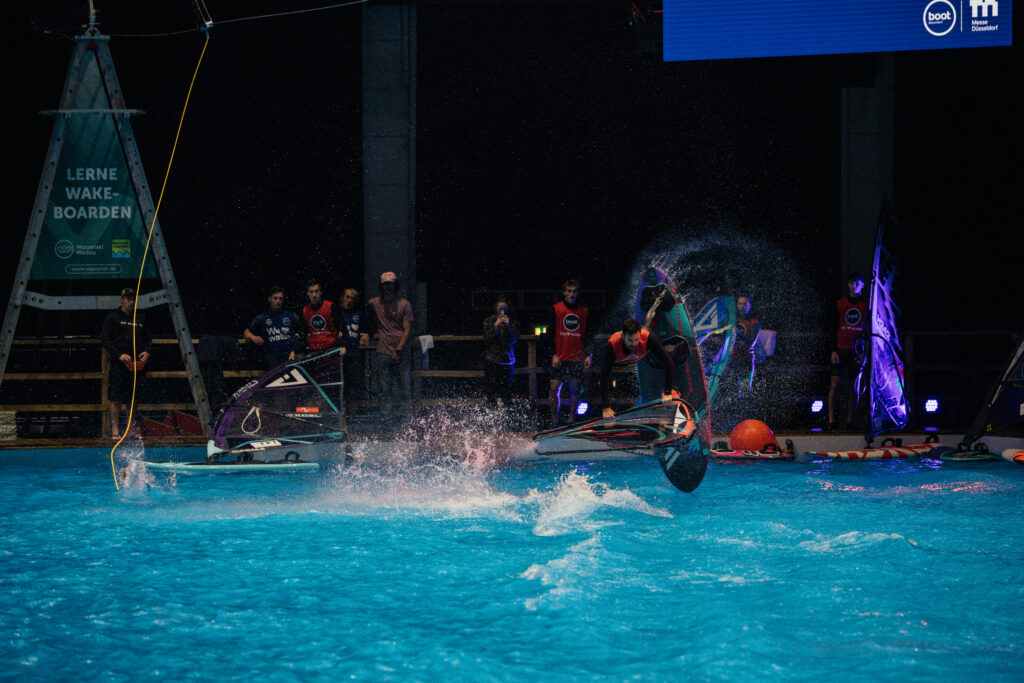
FoilStyle and Fleet Diversity
The FPT will continue to support FoilStyle as an experimental and open-format discipline. While it won’t yet receive a standalone ranking system, the category will mostly run in mixed fleets and is seen as a vital space for technical progression. The same open approach applies to Youth and Junior events, with the tour remaining committed to offering them space to develop—like in Sardinia, which originally began as a youth-centric stop before adding the Pro Men’s category.
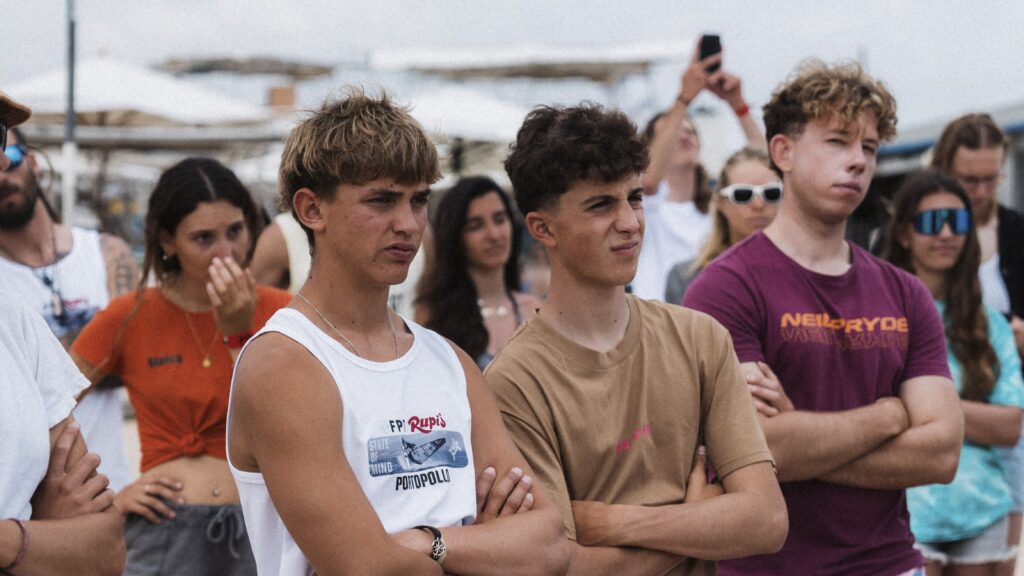
The Freestyle Pro Tour is also pushing for equal opportunities for both male and female riders with a more flexible approach to fleet structures. New fleet rules allow mixed competition when women’s participation numbers are low. For events with 1–2 female riders, no official result is issued, but with 3–5, local rankings will be created, and at 6 or more, an official women’s fleet ranking is established. Crucially, prize money distribution will be equal for the top three Men and Women, regardless of fleet size—ensuring fairness and recognition across the board.
Authorization, Registration & Accessibility
To create a more structured and professional pathway into events, we have updated our pre-registration and authorization to compete system. Male riders must demonstrate proficiency by submitting clips of three new-school tricks; female riders need one new-school and two old-school maneuvers. (These requirements don’t apply to Youth, Rookies, or Proving Grounds Series competitors.)
Pre-registration will now be 33% cheaper than late sign-ups, with a slight increase in both membership and entry fees to cover the updated system. Organizers are now also required to use the FPT’s digital scoring and ranking infrastructure, laying the groundwork for a more clear cut and streamlined competition format across all events.
Brand Affiliation Rules and Equipment Use
From 2025 onwards, only riders using equipment made by official FPT tour partners (or riding on blank/no-logo custom gear) will be eligible to appear in FPT media. However, there’s still room for freedom and inclusivity: Youth and Junior competitors, Rookies, FoilStyle riders, and Proving Grounds participants can ride on any equipment and still receive personal-use content from the tour—just not official features.
Notably, custom equipment is fully allowed, and even encouraged, to support the creative and technical development of freestyle gear.
Progress-Oriented Judging System
The Best Trick format continues, but with a sharper focus on progression rather than tack symmetry. Riders are no longer required to score equally on both tacks. Instead, the minimum number of tricks per tack will be set by the head judge at each event.
Appeals for missed scores can now be made using video footage ushering in the first steps of video-assisted judging – a system of which the FPT will be experimenting more with in the future. The tour is also looking to begin moving away from outdated systems like physical flags and heatboards in favor of modern digital tools such as screens and displays on the beach and surrounding the judging tower.
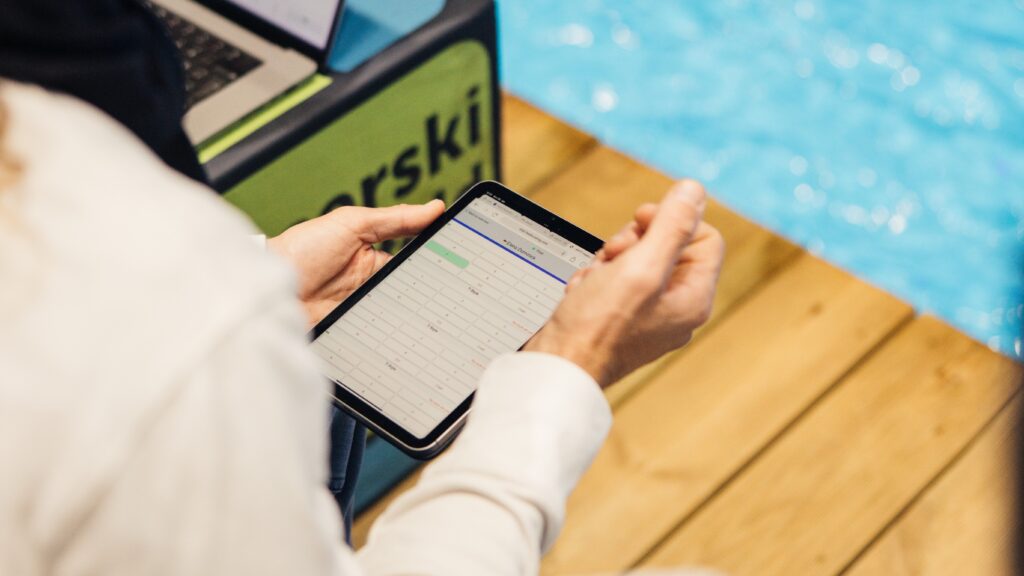
Event Rating System Adjustments
The FPT’s 1–10 star event rating system remains a core part of how events contribute to season rankings. Higher-star events award more ranking points, reflecting the size, prestige, and frequency of each competition. In 2025, small adjustments will ensure that lower-frequency formats like FoilStyle—which naturally occur less often—may see some lower-star events award more points compared to equivalent fin or tow-in competitions. The goal is to make every discipline’s progression viable and rewarding across the calendar.
In Case of No Wind…
To support the athletes and maintain fairness, event organizers are now obligated to pay out the full prize pool, even in the event of zero wind. If no competition is possible, the money will be evenly split across all registered competitors. Should only part of a single elimination be completed, the head judge and event jury will determine the outcome. Additionally, alternative formats like tow-in or foilstyle may be deployed as backup in light wind scenarios (refer to Rule 12.B. in the official rulebook).
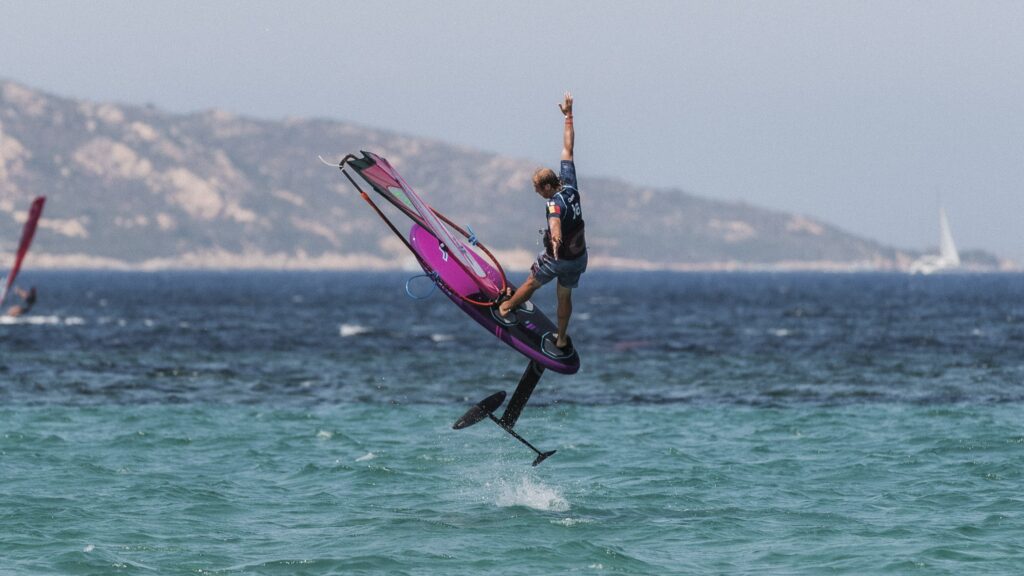
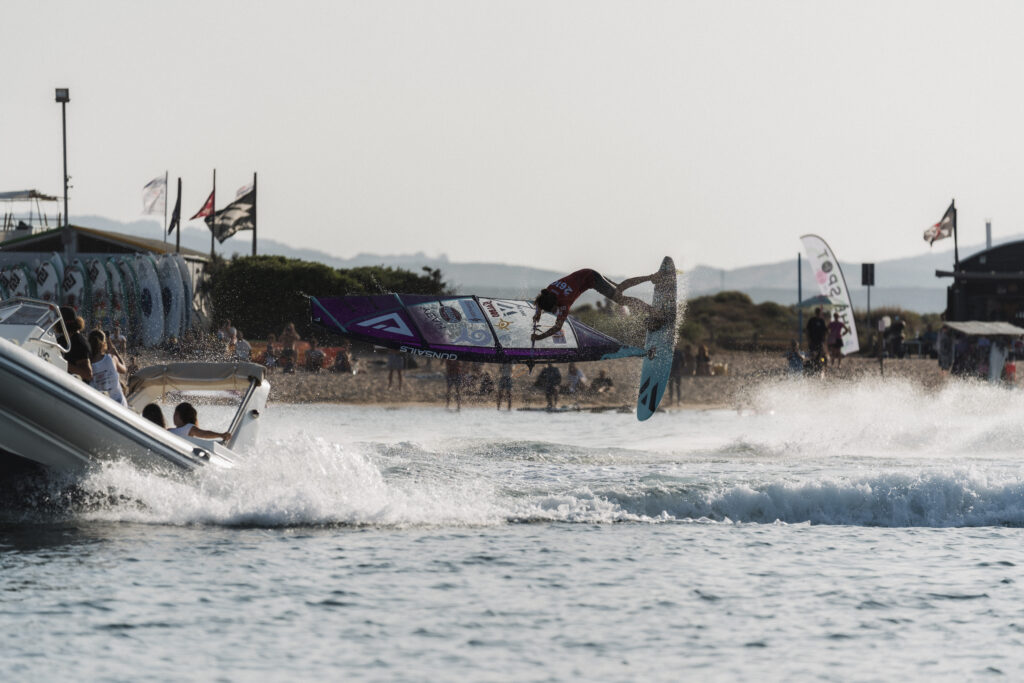
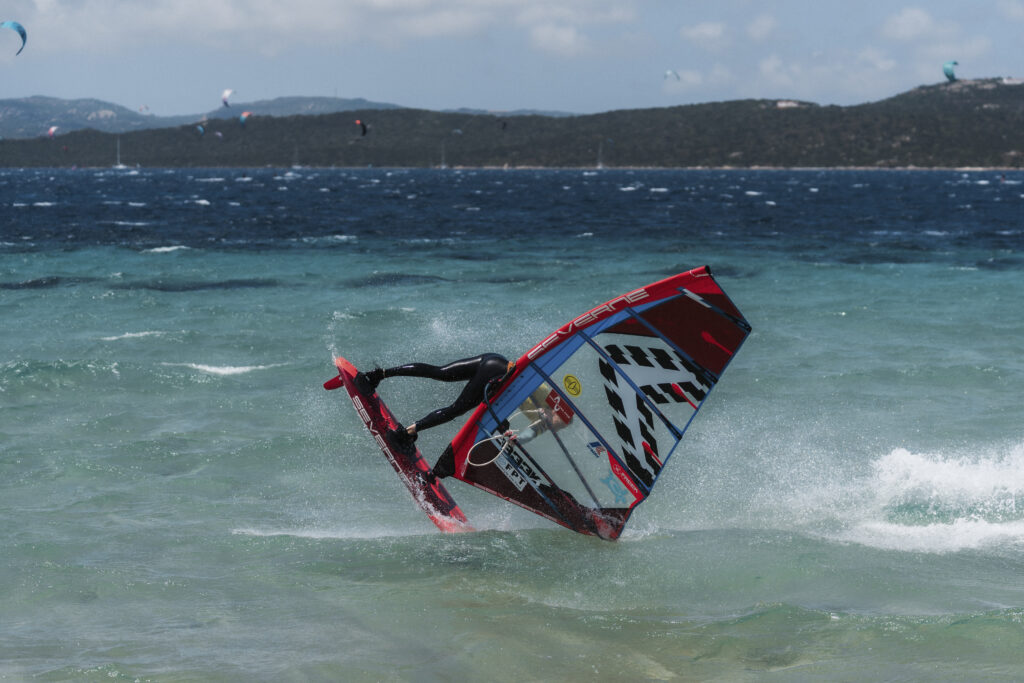
Sardinia 2025 was a perfect demonstration of this new approach in play – despite originally being planned as strictly a Freestyle event, due to the lack of suitable conditions for the first 3 days of the event, a FoilStyle super session and a full Tow-In elimination took place, in addition to the Freestyle single elimination.
Looking Towards the Future: Sprint Events in 2026
One of the most exciting developments on the horizon is the potential introduction of Sprint Events in 2026—a fresh (but still in the works) category aimed at uniting different freestyle disciplines under one flexible format. These short, high-impact events will run from Friday afternoon to Sunday morning, with the specific discipline (freestyle, tow-in, or foilstyle) announced a few days before the event based on the forecast.
Prize money and points will be fixed ahead of time, regardless of which discipline runs. The format is designed to bring fleets together rather than divide them, and there is even the potential for combining Freestyle and FoilStyle, by allowing the use of foils within the freestyle fleet, depending on conditions and rider interest.
The Road Ahead
This set of changes represents more than just tweaks—it’s a roadmap toward a growing professional tour. By maintaining focus on accessibility, inclusivity, and tech innovation, the Freestyle Pro Tour is setting itself up not just for a stronger 2025, but for years of creative and competitive growth to come.
These updates aren’t just about new rules, but about shaping the future of freestyle windsurfing. Whether you’re a top‑level pro, emerging junior, or fan soaking up the action, your place in this sport is stronger than ever.
Get ready – the evolution of freestyle is underway!
Latest News
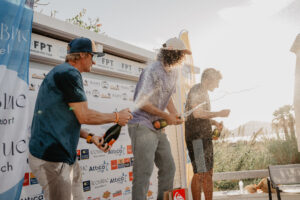
Kloster and Caers Victorious as the 2025 Season Comes to an End | FPT Naxos Day 5 Recap
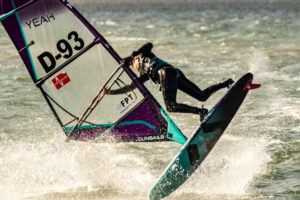
Mathias Vingaard Victorious at the Danish Open | Danish Open x FPT Event Recap
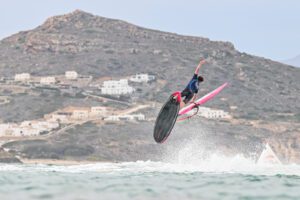
Tow-In Finals, Foilstyle Sparks, and a Cleanup for the Planet | FPT Naxos Day 3 Recap
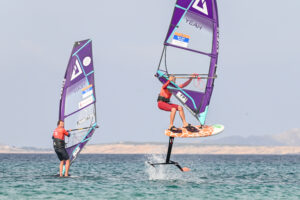
Foilstyle Delivers and Tow-In Turns Up the Drama | FPT Naxos Day 2 Recap
Related
No tags found.
Related
No tags found.